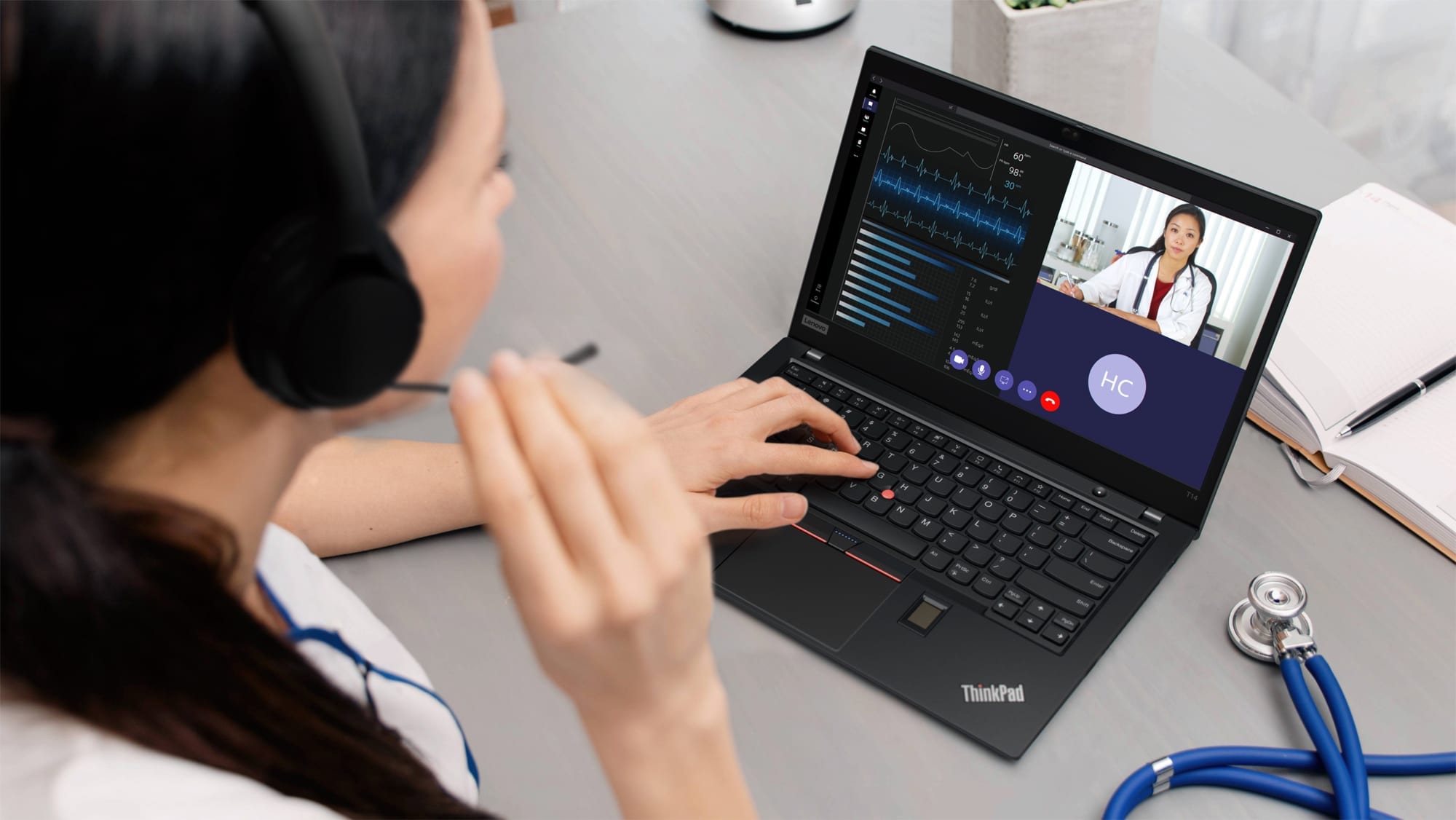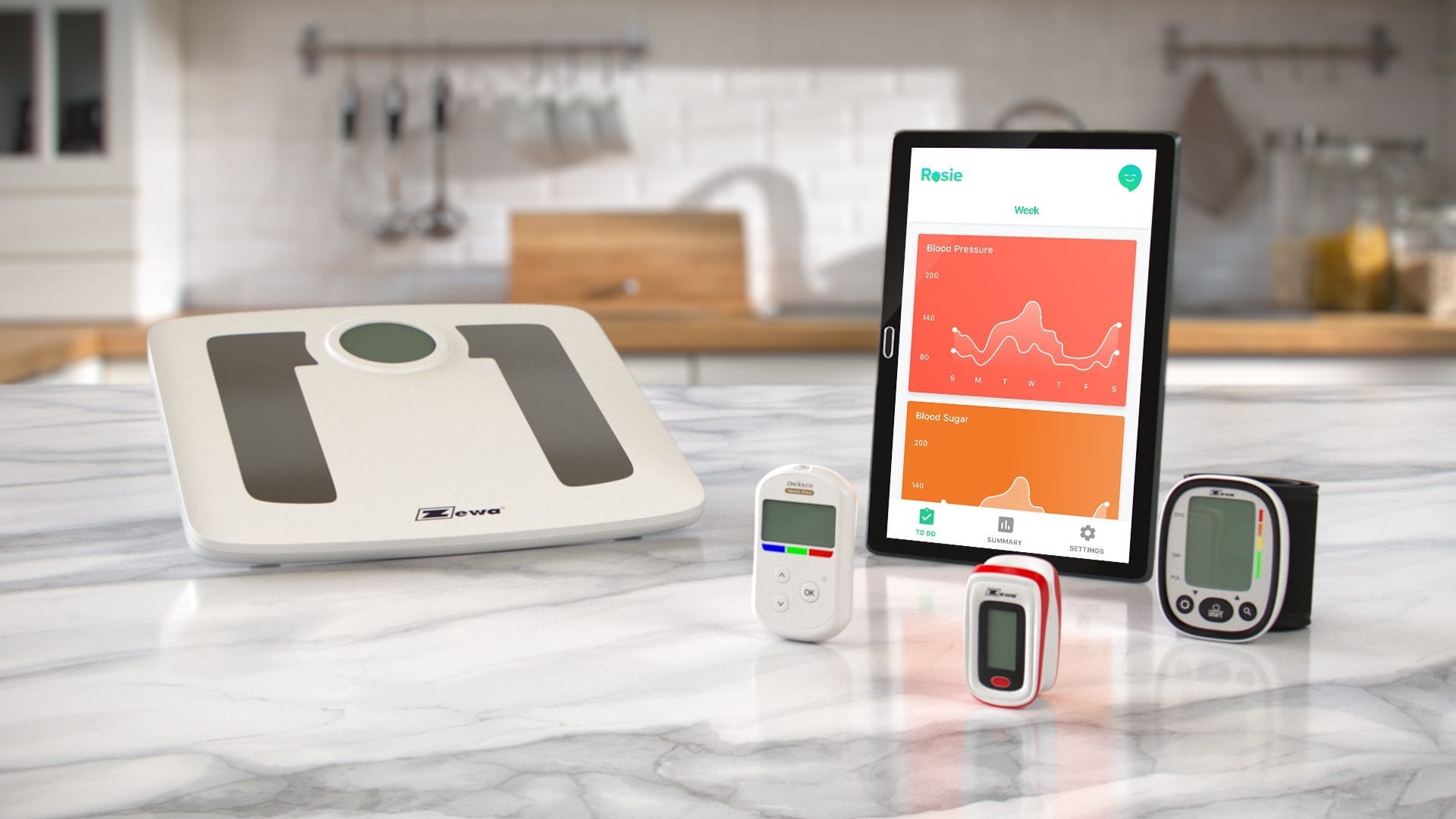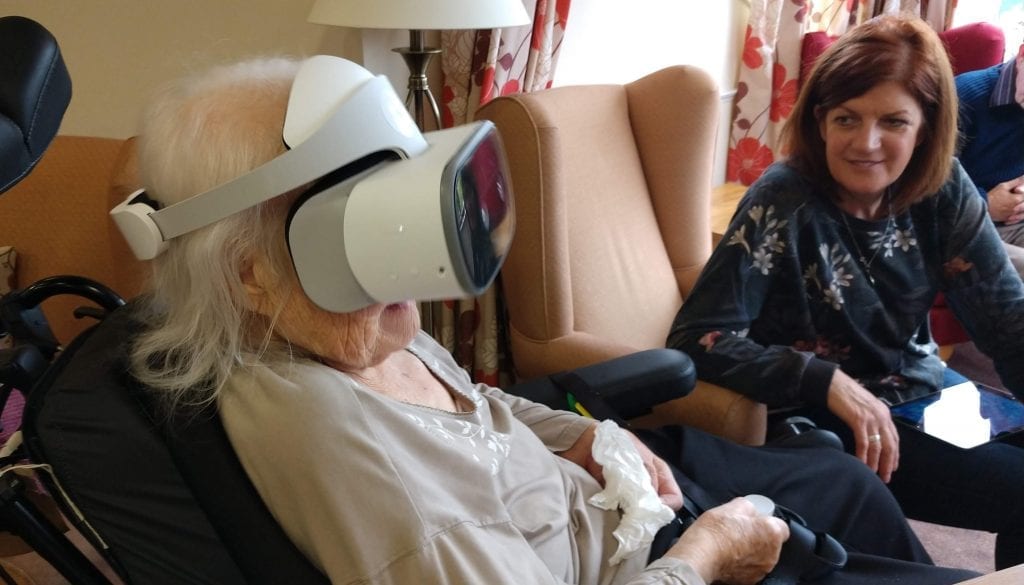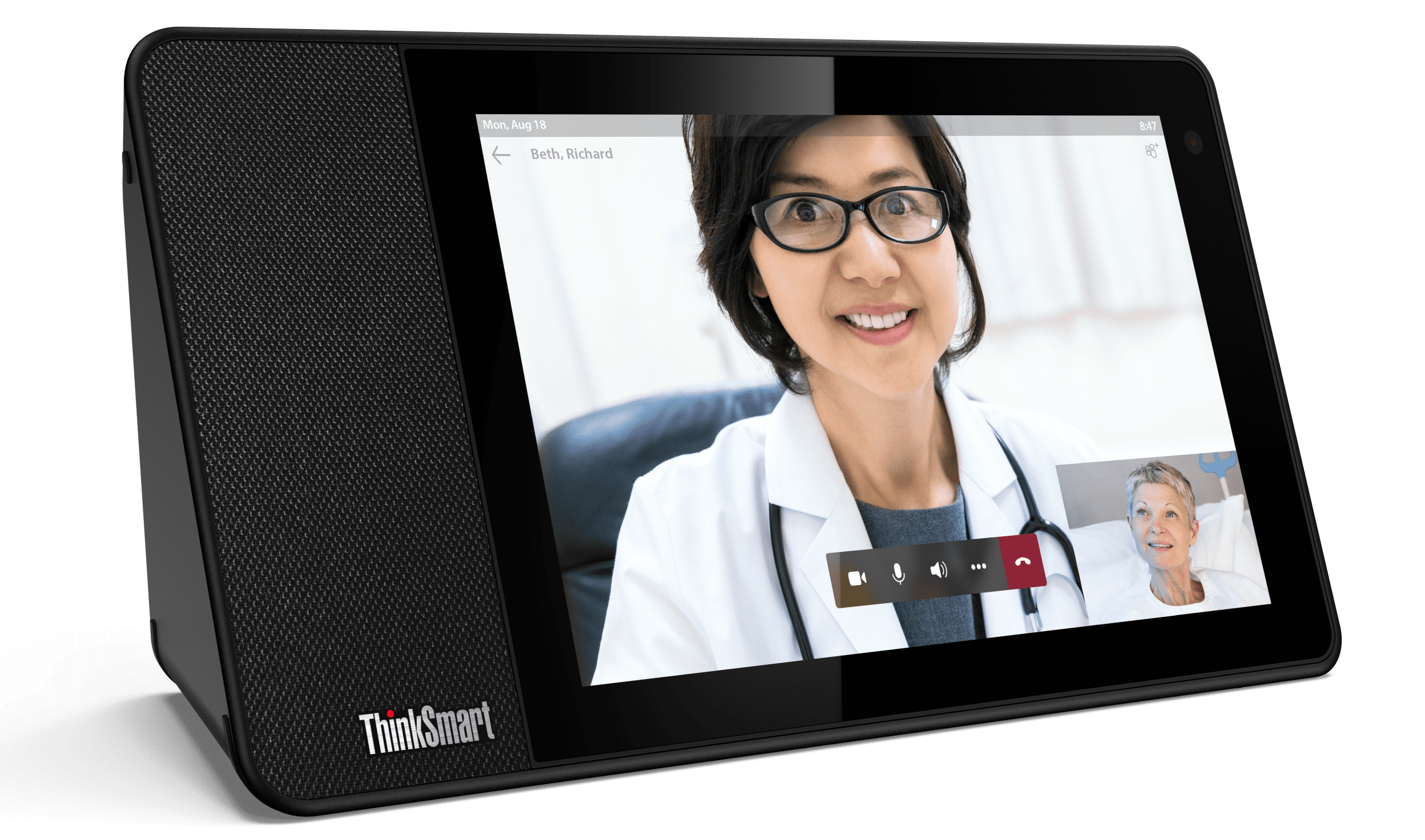Your parents probably had different ideas about healthcare than you do. For them, there was a clear hierarchy, with the doctor in charge of their health and the patient a passive receiver of healthcare. But that’s a fast-fading holdover from a different era of medicine.
We are more informed than before and more involved in making our own healthcare decisions. Unsurprisingly, this transition has eroded trust. A recent survey found that one-third of Americans have chosen not to proceed with a treatment because of lack of trust in their care.
There are issues on both sides. Patients demand and deserve transparency, data safeguards, and the creation of a real partnership between health care providers and patients. Doctors want innovative solutions that solve complex health challenges, without having to contend with internet theories and misinformation.

While that once seemed impossible, new technologies are ushering in ways for doctors to build a new relationship. They are extending the reach of physicians, improving the quality of the care they provide, and building a true union with the people for whom they care.
IT transformation services from Lenovo give hospital systems the technology to build trust and break down walls between doctors and their patients. This common ground creates better and faster care. It enables doctors to extend their reach while nurturing the deep human connections that lead to better outcomes.
Lenovo virtual health services enable healthcare providers to solve a persistent problem: there are more people than ever before with chronic conditions, and there are not enough physicians to treat them. Remote care for chronic conditions—such as Lenovo’s Virtual Care Solution —integrates devices with an AI enabled virtual assistant to multiply the reach of physicians, helping patients meet their health goals and stay much closer to their care team than they ever could with just the occasional doctor’s appointment.

Solutions like that are core to the compassion patients crave and doctors strive to provide. In fact, both doctors and patients report that compassion is the single most important principle in healthcare. Not only do physicians and patients prefer it, but it makes the whole system more efficient.
Sometimes true kindness is found in caring for the whole patient—not just the disease. That’s what inspired the Starlight Children’s Foundation to design Virtual Reality (VR) experiences with the Lenovo Mirage Solo VR headset . This program engages children undergoing medical procedures and provides them a little fun, turning a dreaded treatment into a shared opportunity for healing and joy.
Transformative technology like that can also ignite human connection at the other end of life. Pivotal Reality uses Lenovo VR to bring comfort to patients with dementia and help them re–engage with what once seemed irretrievably lost.

Advanced technology is also solving what seemed like intractable problems for the whole healthcare system. For instance, radiology has long been a profession prone to burnout. Teleradiology, powered by Lenovo’s secure mobile clients and displays, lets radiologists participate in empathetic care and partner more efficiently with the growing patient population.

As that population grows, the burden of diagnosis—and misdiagnosis–weighs heavily on doctors, but physicians are getting help from Lenovo AI Innovation Centers. Together with research institutions worldwide, the AI Innovation Center is helping healthcare professionals accurately classify and diagnose a variety of tumors and other illnesses. That reduces the workload for doctors and helps avoid misdiagnosis due to fatigue.
Smart healthcare technology continues to drive medicine forward while protecting every patient. Lenovo’s GOAST solution is helping accelerate genome sequencing for entire populations. This brings us yet closer to a world of precision medicine delivering personalized prevention, diagnosis, and treatment.
Lenovo’s end-to-end security solutions, like ThinkShield, are transforming the patient and health care experience—safely, privately, and securely.

Human connection and smarter technology are coming together to make the unimaginable routine, and forge a new trust between physicians and patients. Human-centered technology has turned treatment into a shared mission for patients, doctors, and the innovators that support them.
